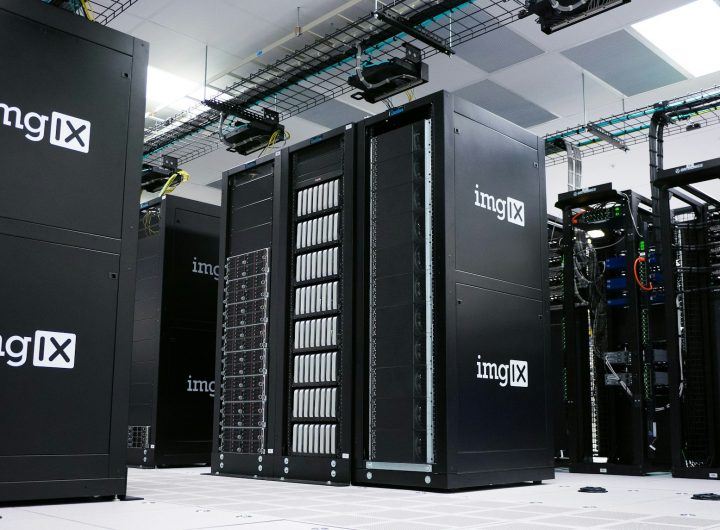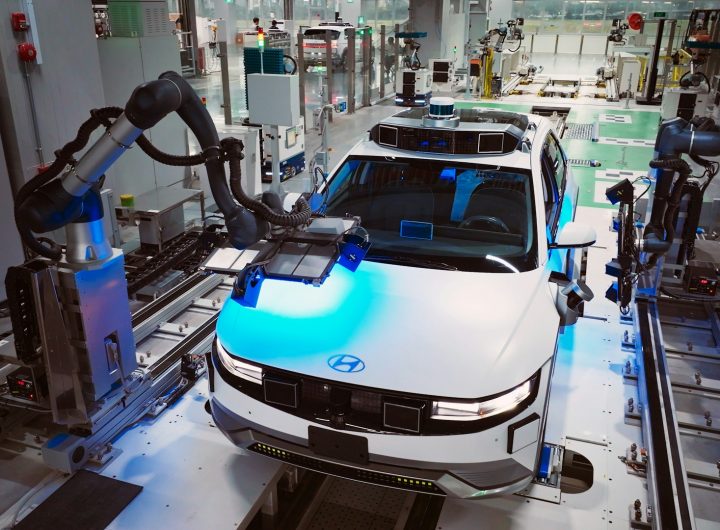
New variants available from autumn 2025
Mercedes-Benz Trucks is set to broaden its range of battery-electric trucks with new additions to the eActros 600 series, a model specifically designed for long-distance heavy-duty transport. From autumn 2025, customers will be able to order updated variants of the eActros 600. These new versions retain core features from the second-generation model, including the electric drive axle developed in-house by Mercedes-Benz and lithium iron phosphate (LFP) battery technology. The trucks will also continue to feature the Multimedia Cockpit Interactive 2 system.
The expanded range will include various configurations such as tractor units and rigid chassis trucks with multiple wheelbase options, different battery pack combinations, and alternative cab types with varying roof designs. The aim is to provide customers with greater flexibility to meet diverse operational needs.
According to the manufacturer, this move is intended to address the varying demands for range and payload across different transport scenarios. Production of the new models will remain at the company’s facility in Wörth am Rhein. As part of this transition, the existing eActros 300 and 400 models will be phased out, though the eEconic will continue to be offered.
Technical specifications of the eActros 600
The eActros 600 entered series production at the end of 2024 and has already been delivered to initial customers. With a substantial battery capacity of 621 kilowatt-hours – distributed across three packs of 207 kWh each – the vehicle achieves a range of around 500 kilometres on a single charge. This estimate is based on a tractor-trailer combination weighing 40 tonnes under realistic driving conditions. Mercedes-Benz claims a daily range of over 1,000 kilometres is possible, provided that the vehicle is recharged during mandatory rest breaks.
The LFP battery technology used in the eActros 600 allows over 95 percent of the installed capacity to be utilised. The truck supports a gross combination weight of up to 44 tonnes, with a payload of around 22 tonnes when using a standard semi-trailer under EU regulations. This figure may vary depending on national legislation.
Charging infrastructure remains a key challenge
Despite the growing number of available models, the lack of sufficient charging infrastructure for heavy-duty electric trucks in Europe continues to pose a major obstacle. At present, there are fewer than 1,000 suitable charging points across the continent. In response, Daimler Truck plans to establish its own semi-public charging network under the brand name TruckCharge. By 2030, more than 3,000 high-speed charging stations are expected to be operational.
Additionally, the company is taking part in the Milence joint venture alongside the TRATON GROUP and the Volvo Group. This project aims to install 1,700 charging points across Europe by 2027. The overarching goal is to accelerate the adoption of locally emission-free freight transport and make long-haul electric trucking a viable solution across the region.
 AWS Receives Final Approval for €15.7 Billion Data Centre Expansion in Aragon
AWS Receives Final Approval for €15.7 Billion Data Centre Expansion in Aragon  Construction Begins on 2.5-Million-Kilometre Telescope to Detect Gravitational Waves
Construction Begins on 2.5-Million-Kilometre Telescope to Detect Gravitational Waves  Porsche’s Leipzig Plant Hit by Cuts Amid Ongoing Automotive Crisis
Porsche’s Leipzig Plant Hit by Cuts Amid Ongoing Automotive Crisis  UnitedHealth Shares Plunge Nearly 20%, Dragging Dow Jones Down by 700 Points
UnitedHealth Shares Plunge Nearly 20%, Dragging Dow Jones Down by 700 Points  Major Berlin Real Estate Firm Ziegert Files for Insolvency After Four Decades
Major Berlin Real Estate Firm Ziegert Files for Insolvency After Four Decades  German Economy Faces Prolonged Stagnation
German Economy Faces Prolonged Stagnation  Novo Nordisk Shares Plunge After Profit Warning: Mixed Reactions from Analysts
Novo Nordisk Shares Plunge After Profit Warning: Mixed Reactions from Analysts  Volkswagen’s HR Chief Gunnar Kilian Steps Down Amid Internal Disagreements
Volkswagen’s HR Chief Gunnar Kilian Steps Down Amid Internal Disagreements